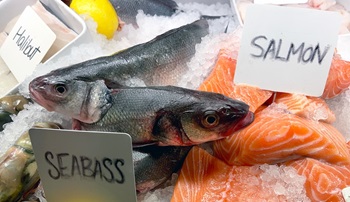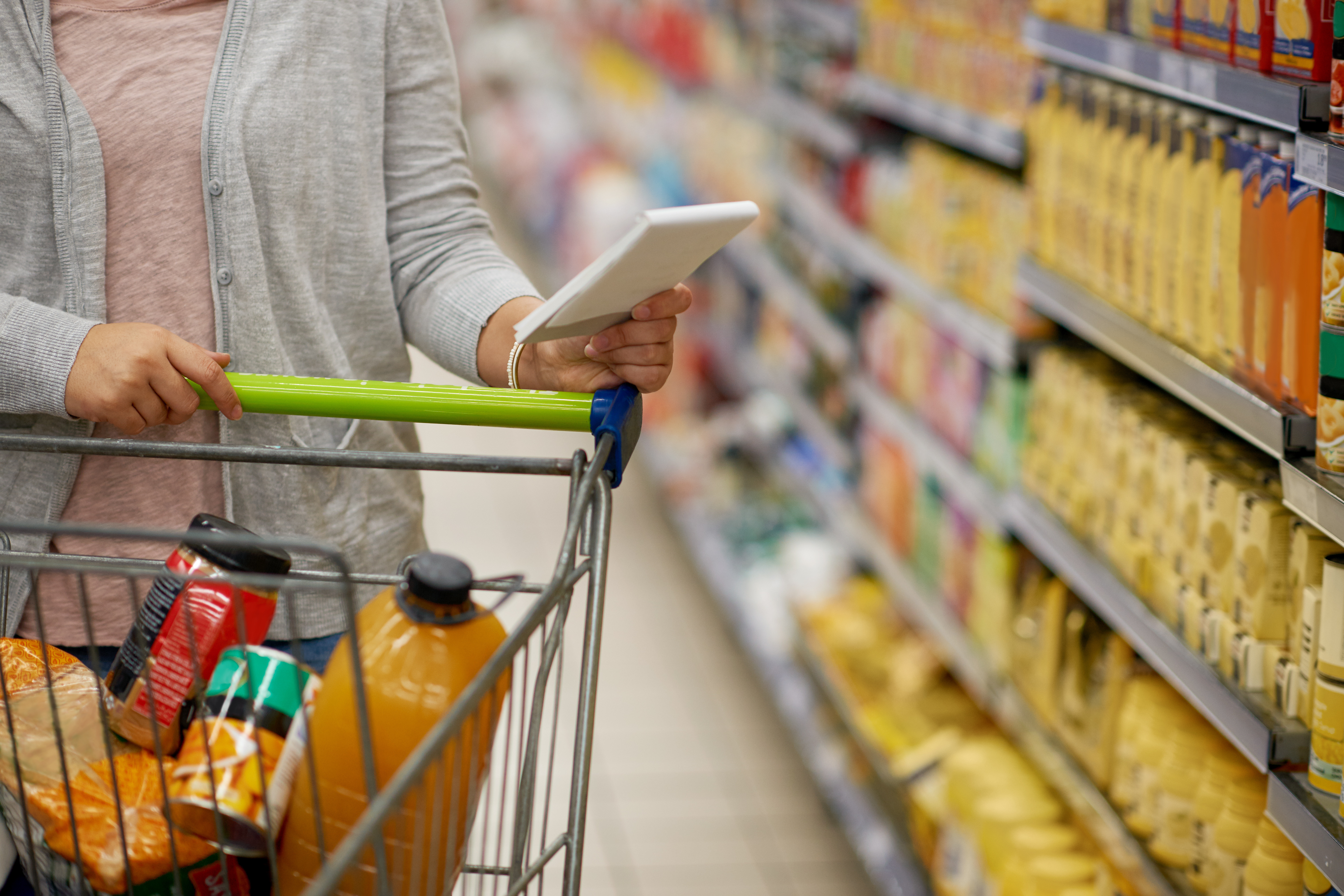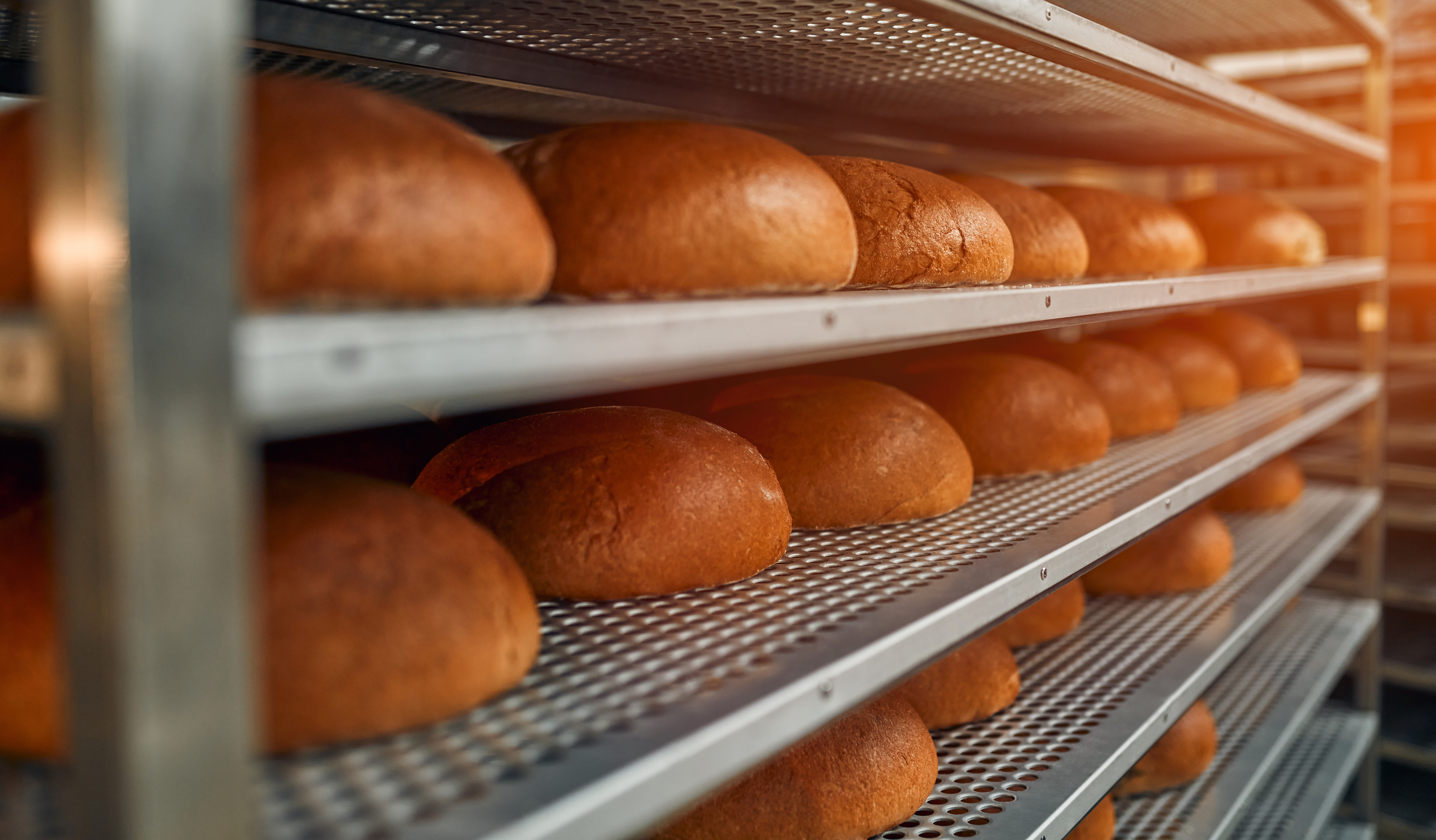Could Your Company Be a Victim of Food Fraud?
 Becoming a victim of food fraud can be one of the biggest fears for most companies. Every site must prepare for this possibility, so this fear doesn’t become a reality.
Becoming a victim of food fraud can be one of the biggest fears for most companies. Every site must prepare for this possibility, so this fear doesn’t become a reality.
Food fraud affects 1% of the global food industry, causing $10–$15 billion in damage a year. A food fraud plan is vital to protect your company’s reputation and the safety of your product.
What is Food Fraud?
Michigan State University defines food fraud as, “a collective term used to encompass the deliberate and intentional substitution, addition, tampering, or misrepresentation of food, food ingredients, feed, or food packaging and/or labeling, product information; or false or misleading statements made about a product for economic gain.”
Food Fraud vs. Food Defense
There are some key differences between food defense and food fraud.
People who engage in food fraud are motivated by financial gain, and this is why food fraud is sometimes called economically motivated adulteration. While food defense deals with the intentional contamination of products while onsite, food fraud is the intentional contamination of product onsite or along the supply chain.
Food defense aims to prevent intentional contamination within the site. People who engage in this type of tampering are motivated by the desire to harm others. They may be driven by ideological beliefs, such as activists who want to harm a company’s reputation, or disgruntled employees who feel the company has mistreated them in some way and want revenge.
Identifying Vulnerabilities and Mitigating Threats
The first step in the development of a food fraud plan is to identify vulnerabilities in ingredients, raw materials, packaging, and the finished product. Sites must be aware of any susceptibility they may have to substitution, mislabeling, dilution, counterfeiting, and stolen goods within their inputs and finished product.
A key aspect of a food fraud program is a vulnerability assessment. Section 2.7 of Part B of the SQF Edition 9 Code indicates the site must define the method and criteria it will use to assess its vulnerability to food fraud. Once threats are identified, the site must then create a mitigation plan that will outline strategies and methods that will reduce or eliminate the identified risks.
These are aspects of the food fraud plan that must be documented and maintained as evidence of its development.
Food Fraud Programs
Vigilance to new or changing threats is key to the ongoing success of the food fraud plan once documented and implemented. By reviewing the plan at least annually, the site will remain ahead of any new threats on the horizon.
Although food fraud is a significant problem in the global food supply chain, the vulnerability and impact of fraud can be reduced through the development of a food fraud plan built by conducting a vulnerability assessment and implementing mitigation strategies to protect your company and consumers.
SQF Risk Management: Food Fraud Program
SQF has developed a new course to guide companies through the process of protecting their sites against food fraud. SQF Risk Management: Food Fraud Program is a 1-hour course that helps you ensure your food fraud plan is compliant and properly identifies food safety vulnerabilities in ingredients, raw materials, packaging and finished product, and then implements a plan to mitigate these vulnerabilities.
The New SQF Risk Management Collection is created by SQF and designed for cross-functional teams — not just the SQF practitioner. It includes seven courses in the most critical areas of risk management, including food fraud.
Our new SQF Food Safety Risk Management Collection is available for purchase for $899. The SQF Food Fraud Program is available for $189.
Recent Blog Posts
The FMI Foundation, in partnership with SQFI, awarded 19 scholarships from 152 applications for the 2025-2026 Food Safety Auditing Scholarship program.
Private brands in the grocery industry are experiencing significant growth, evolving from budget alternatives to strategic assets that drive customer loyalty and distinguish retailers.
Recall prevention means embedding food safety throughout your operations so those failures never reach the customer.




